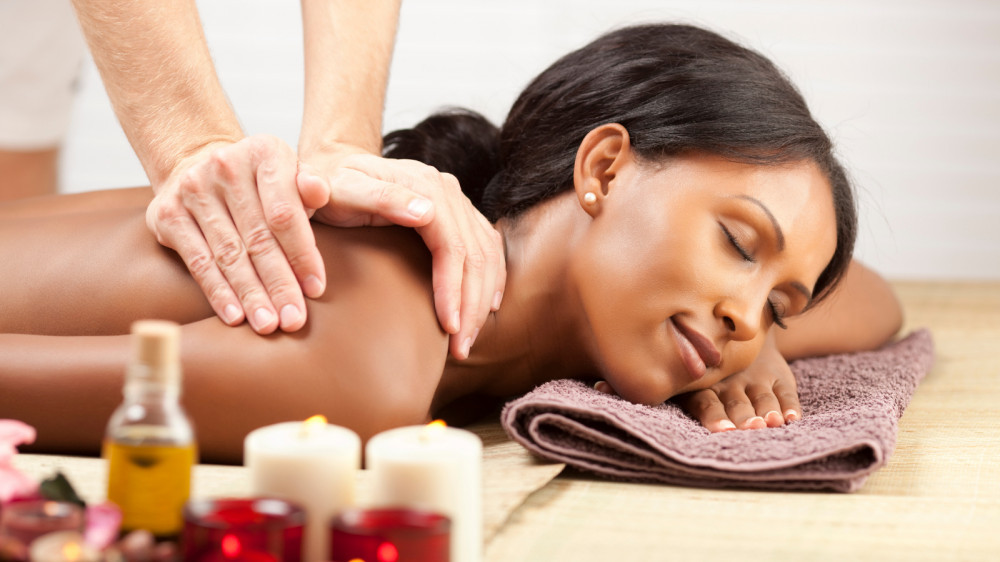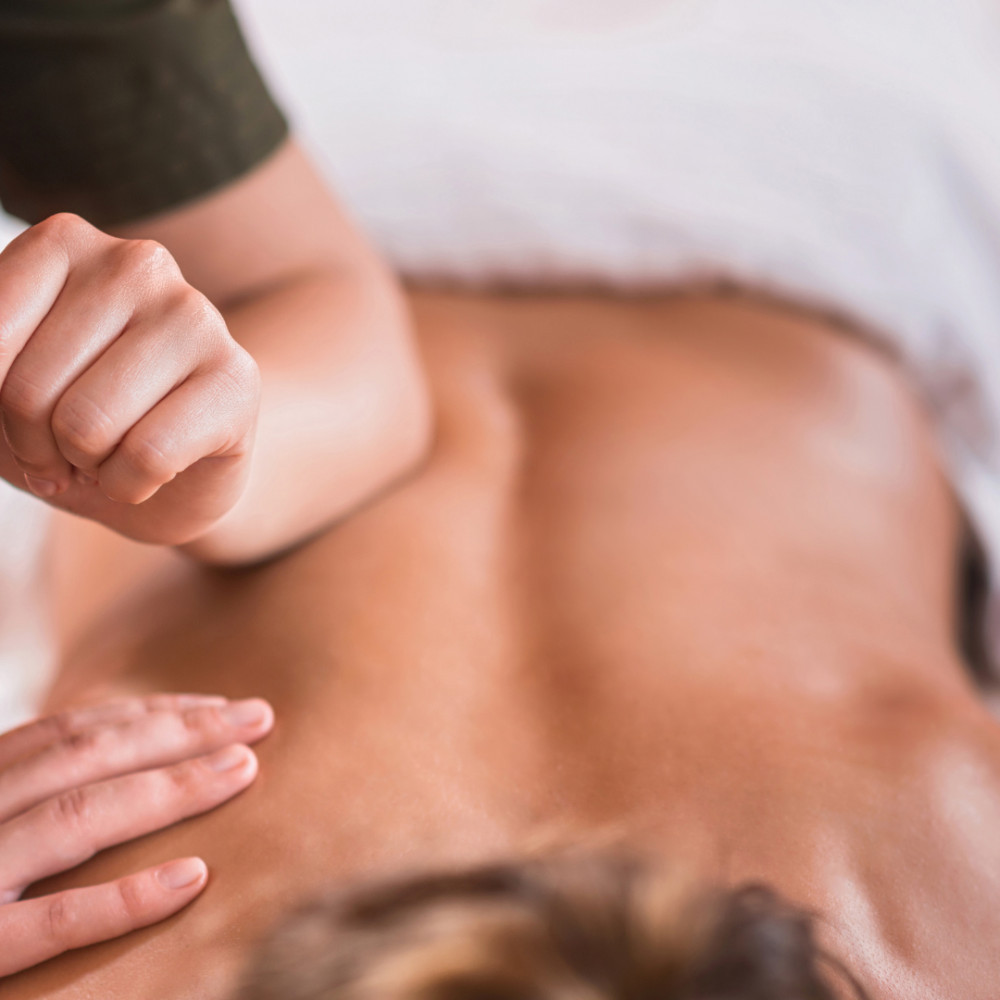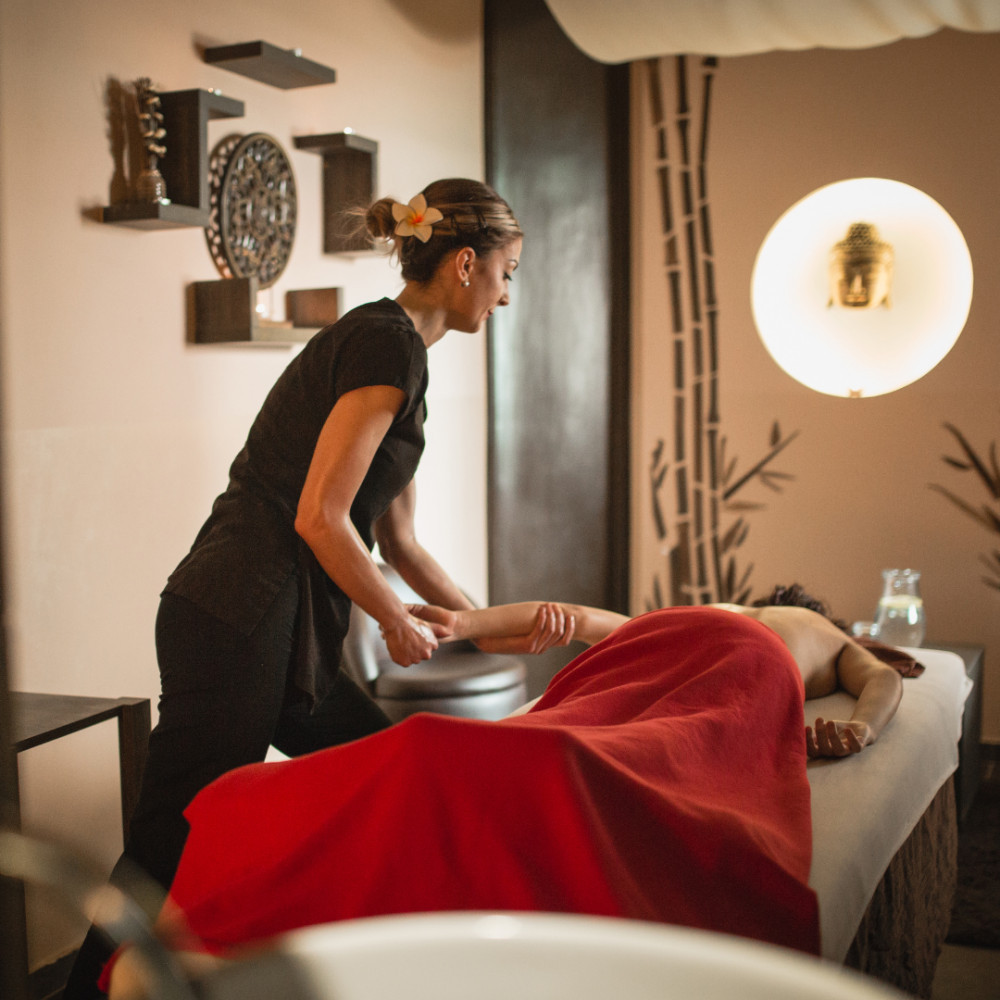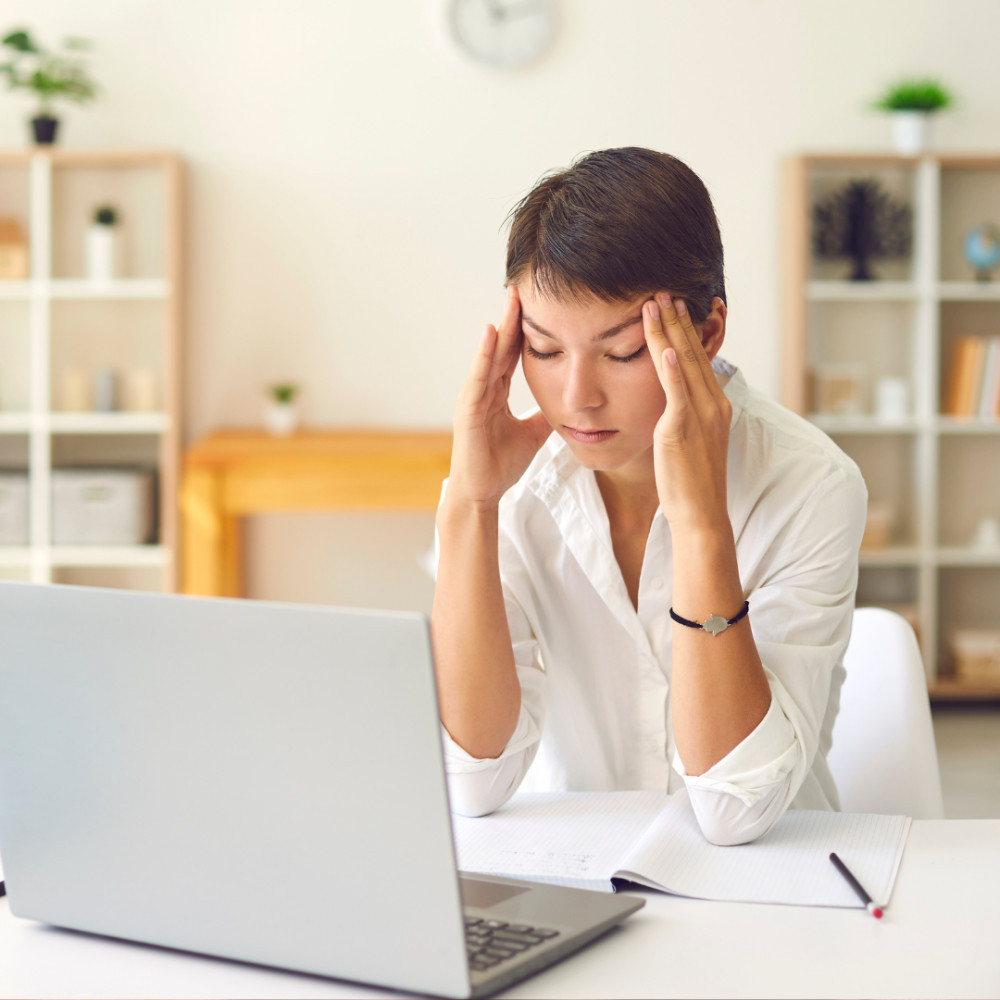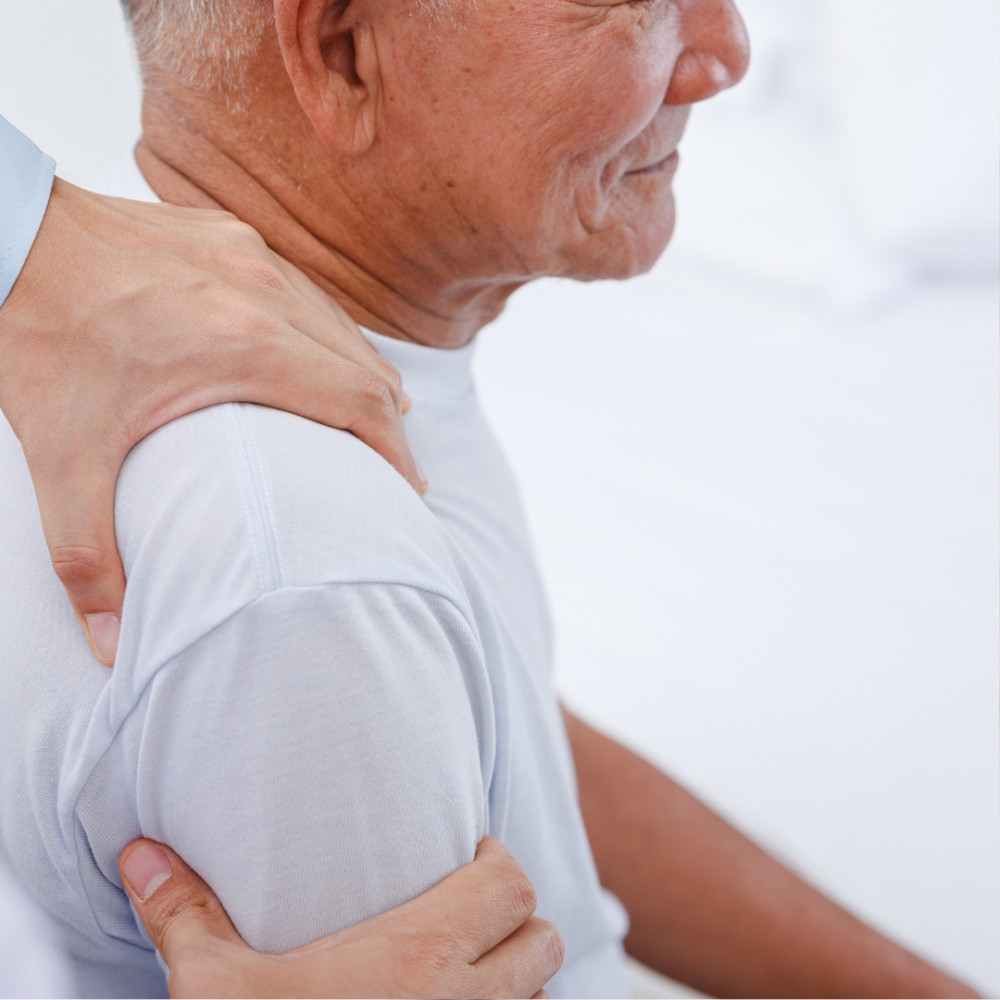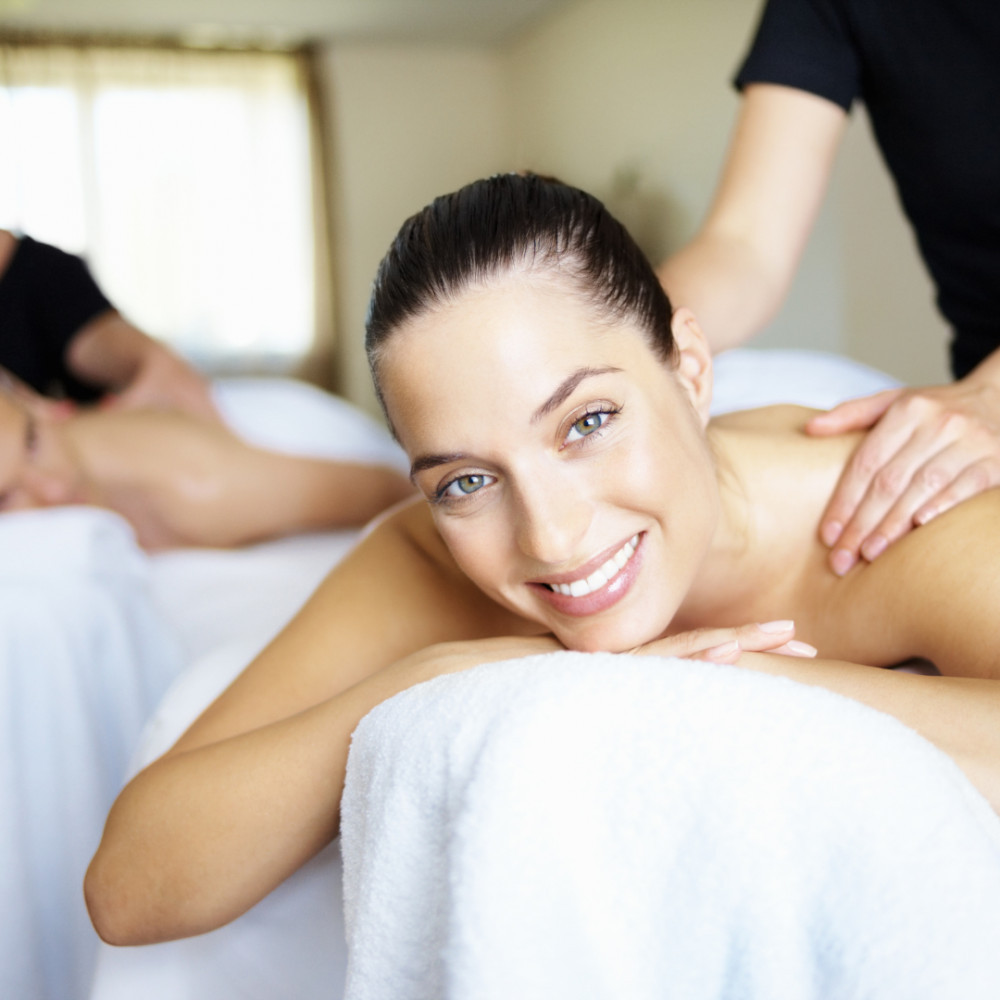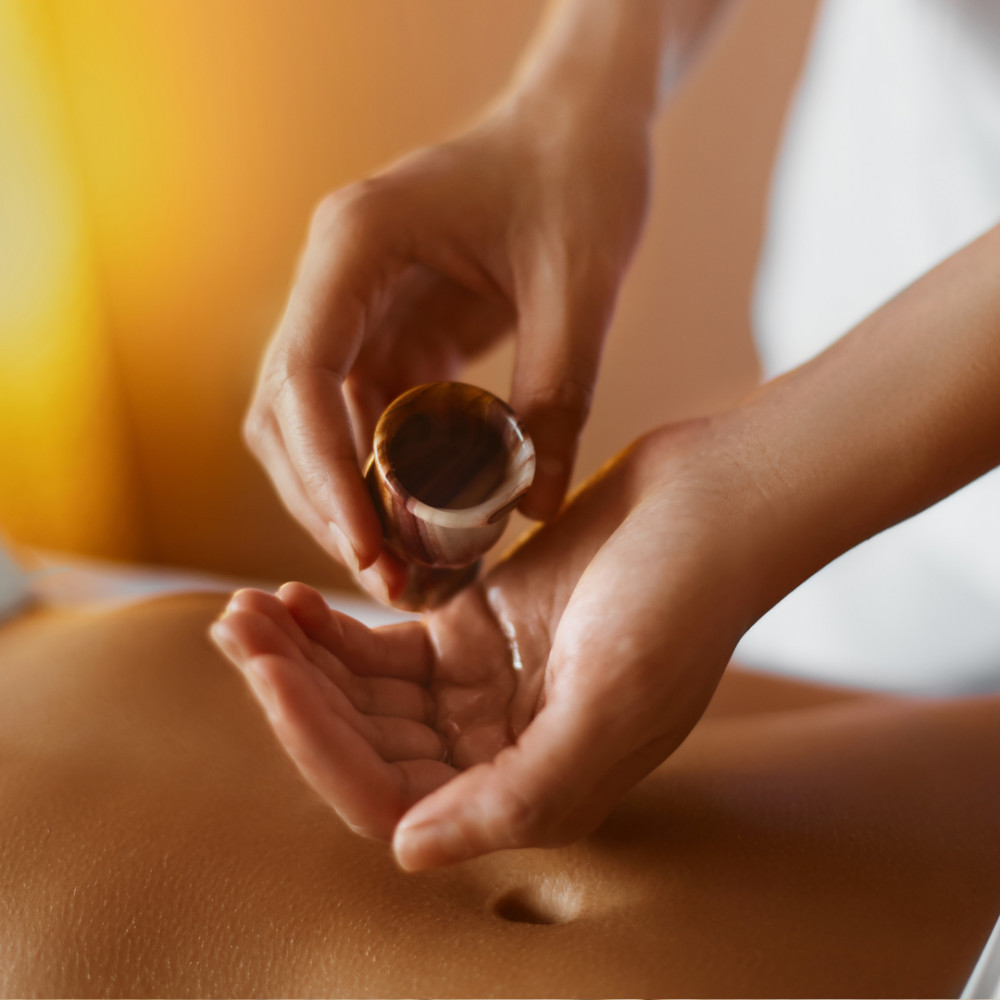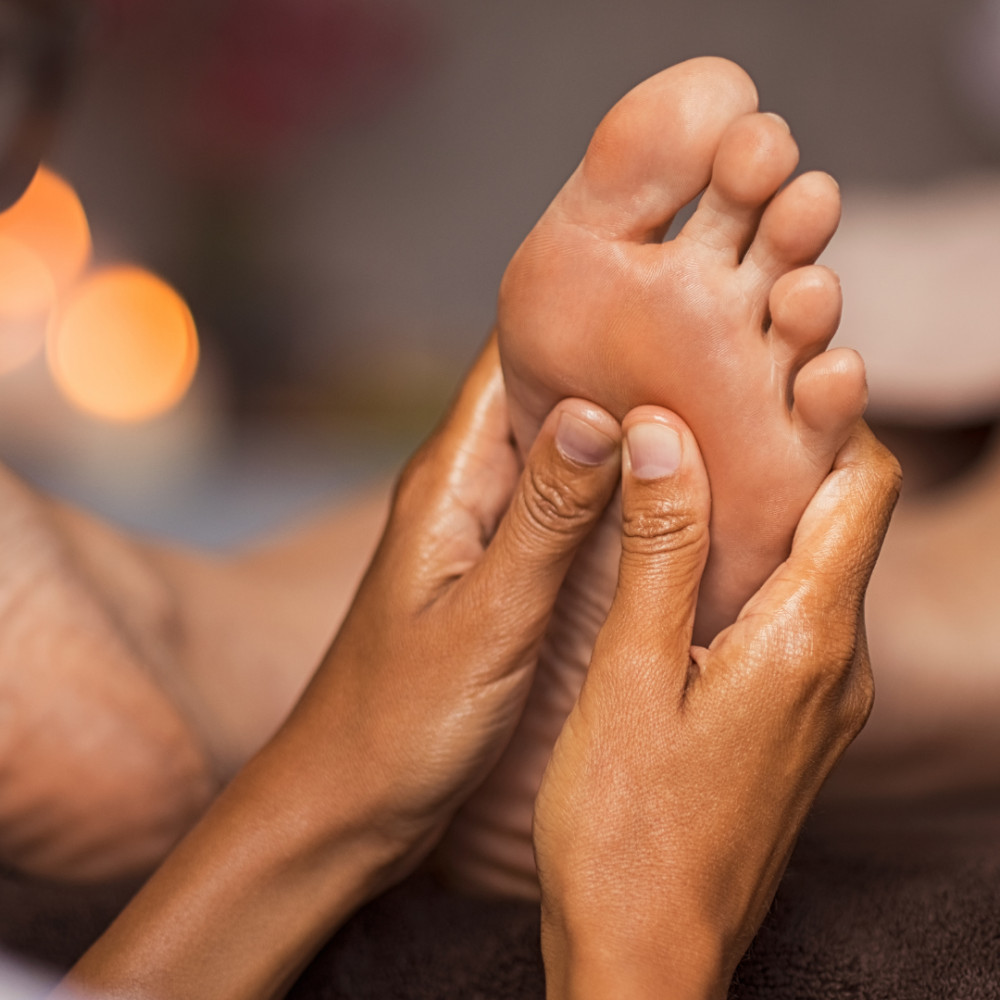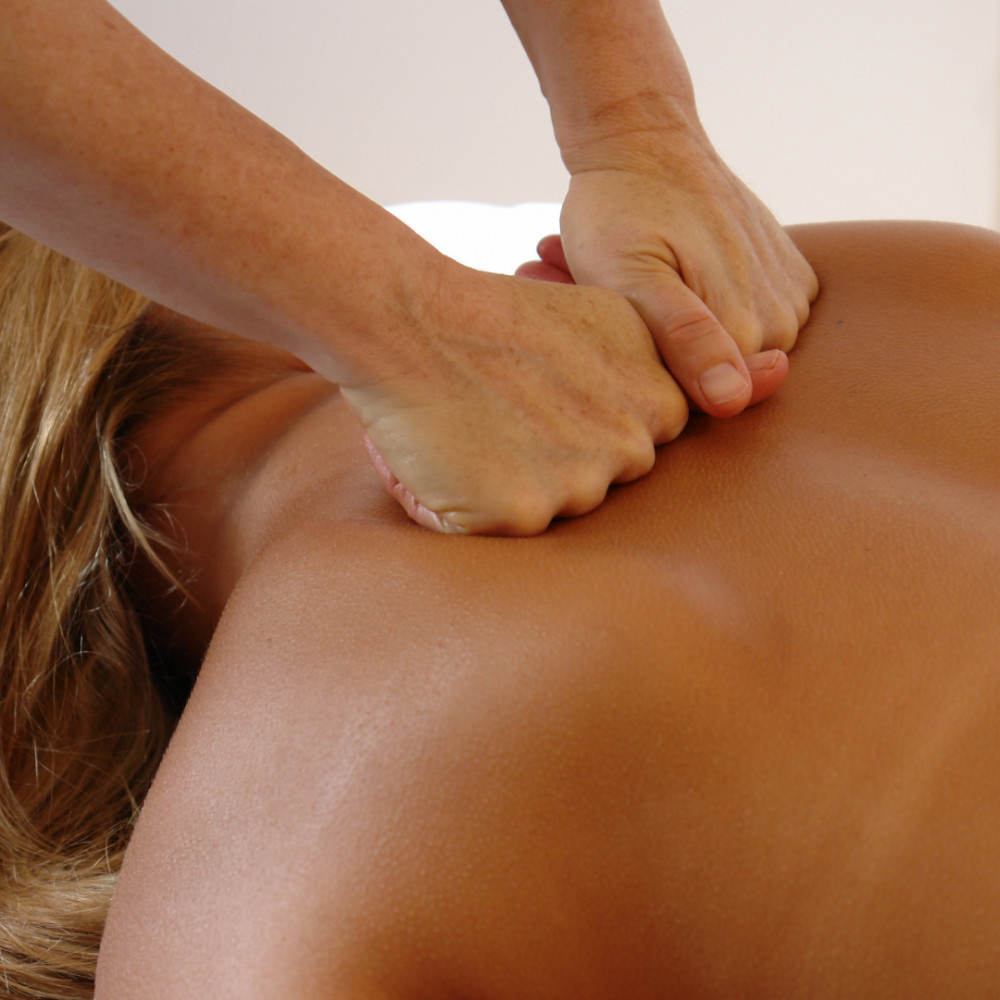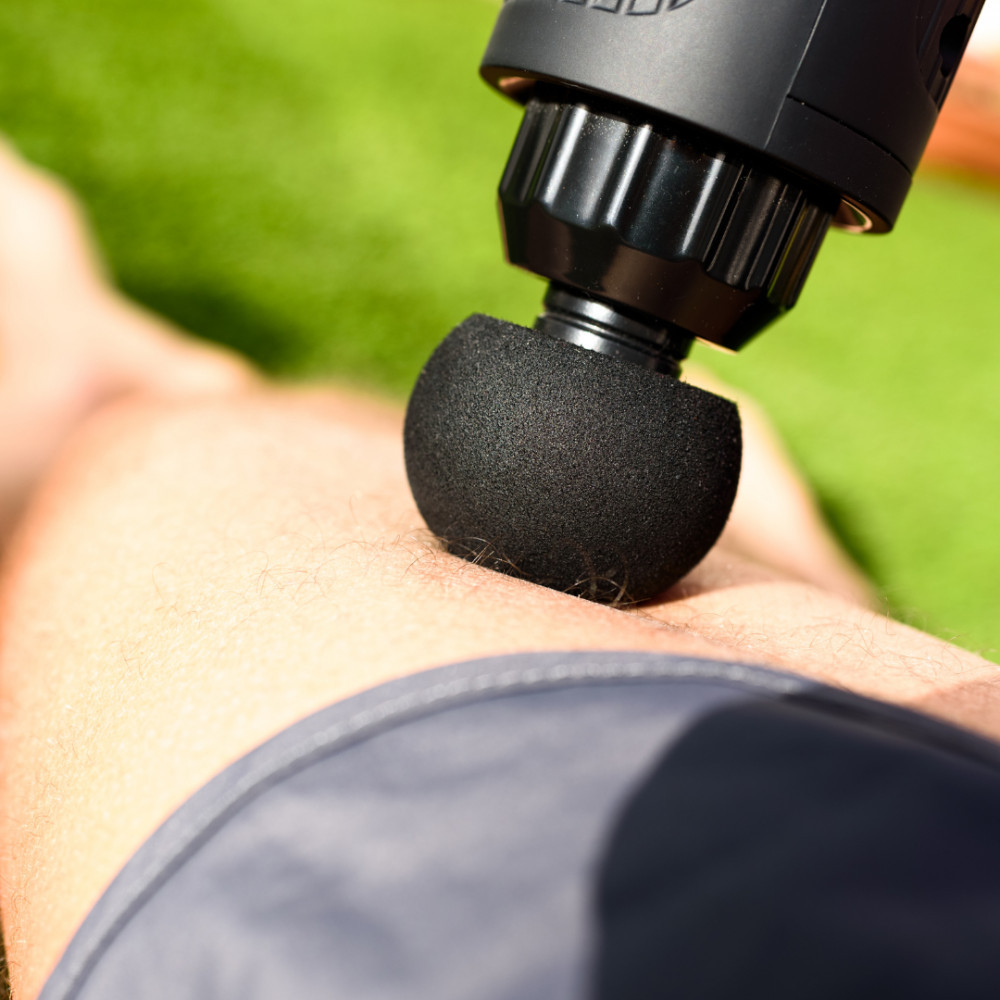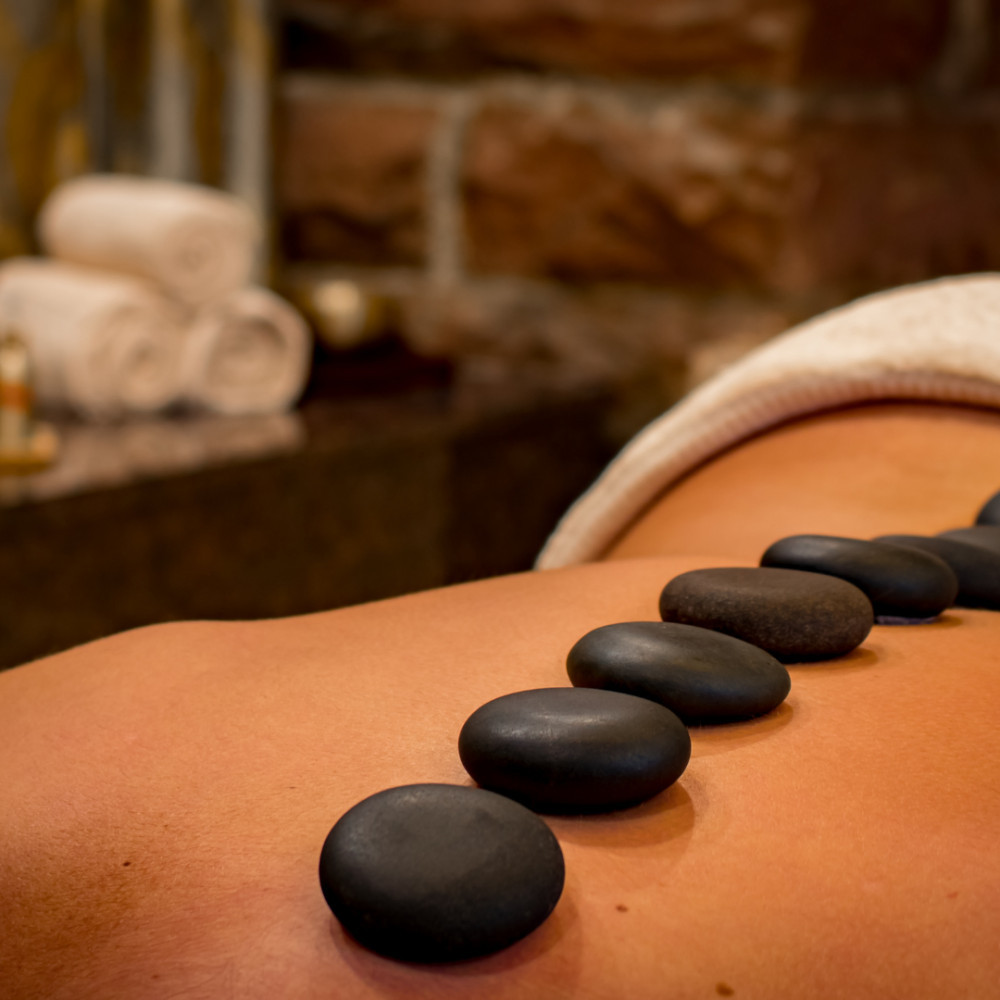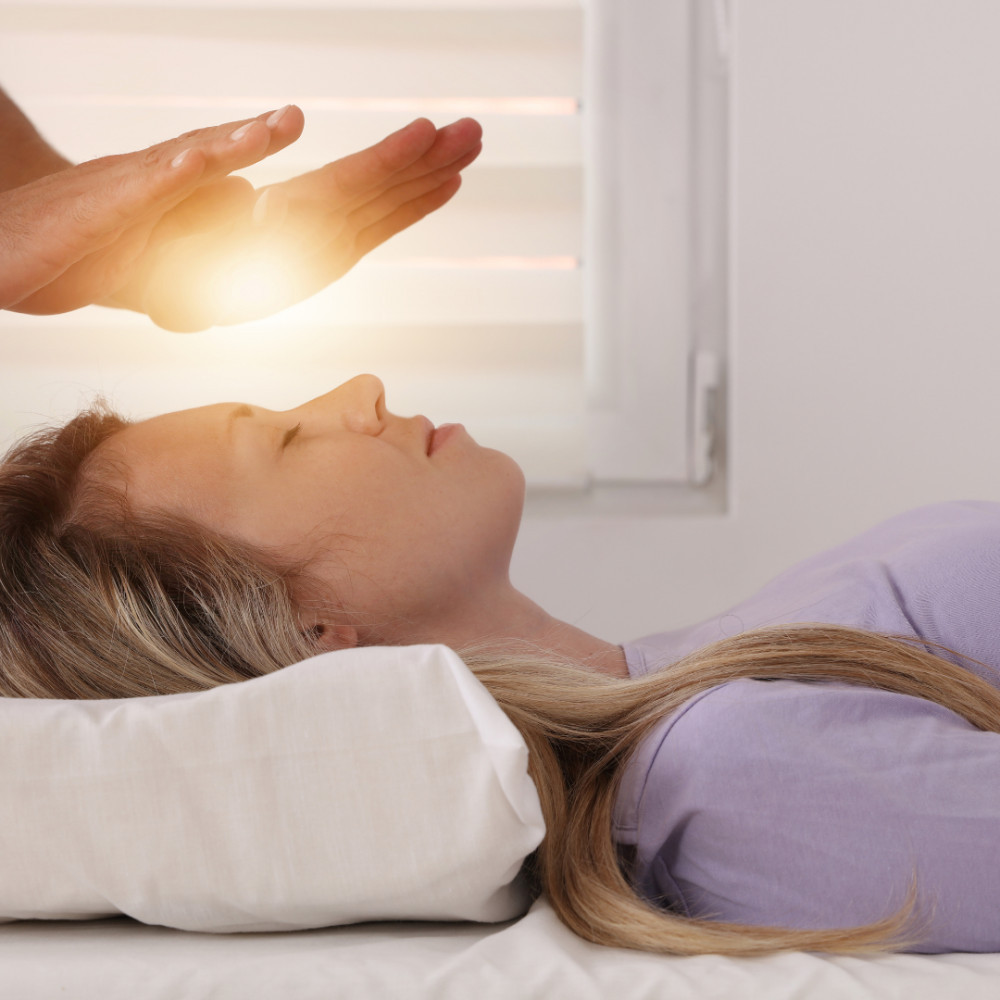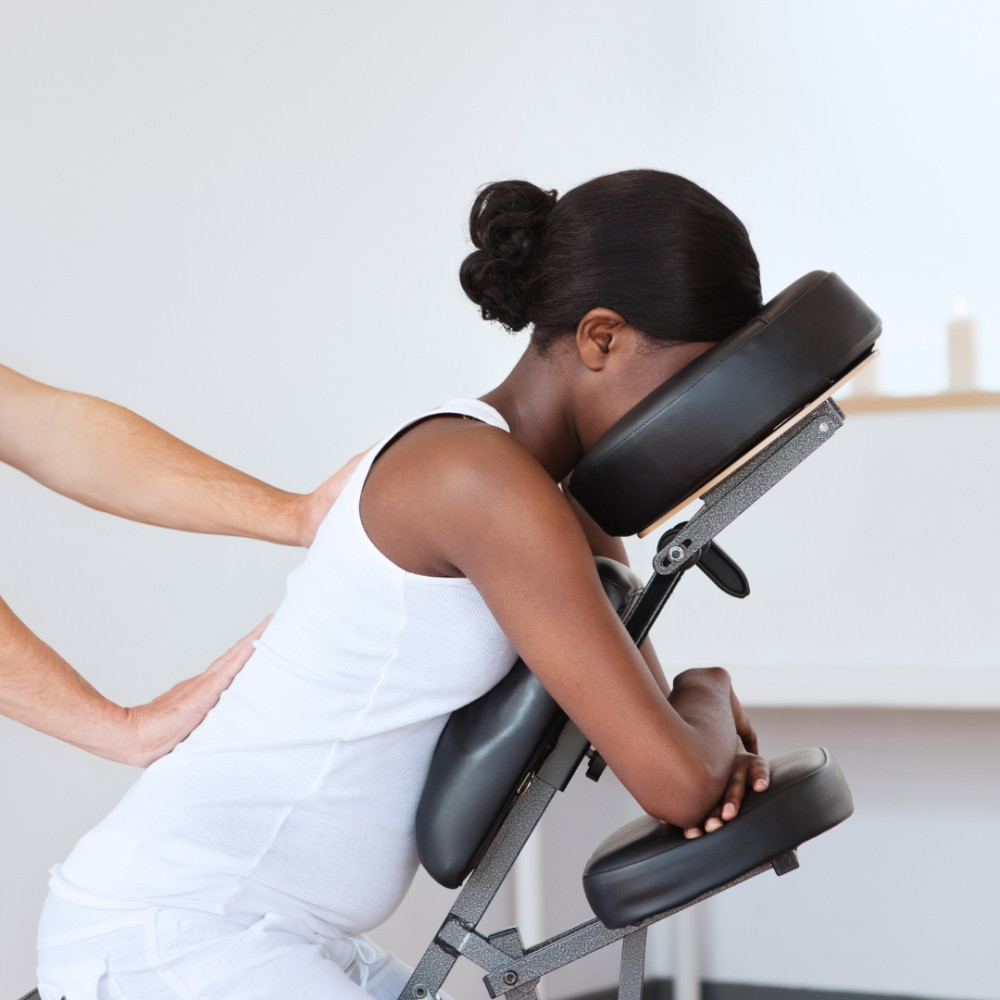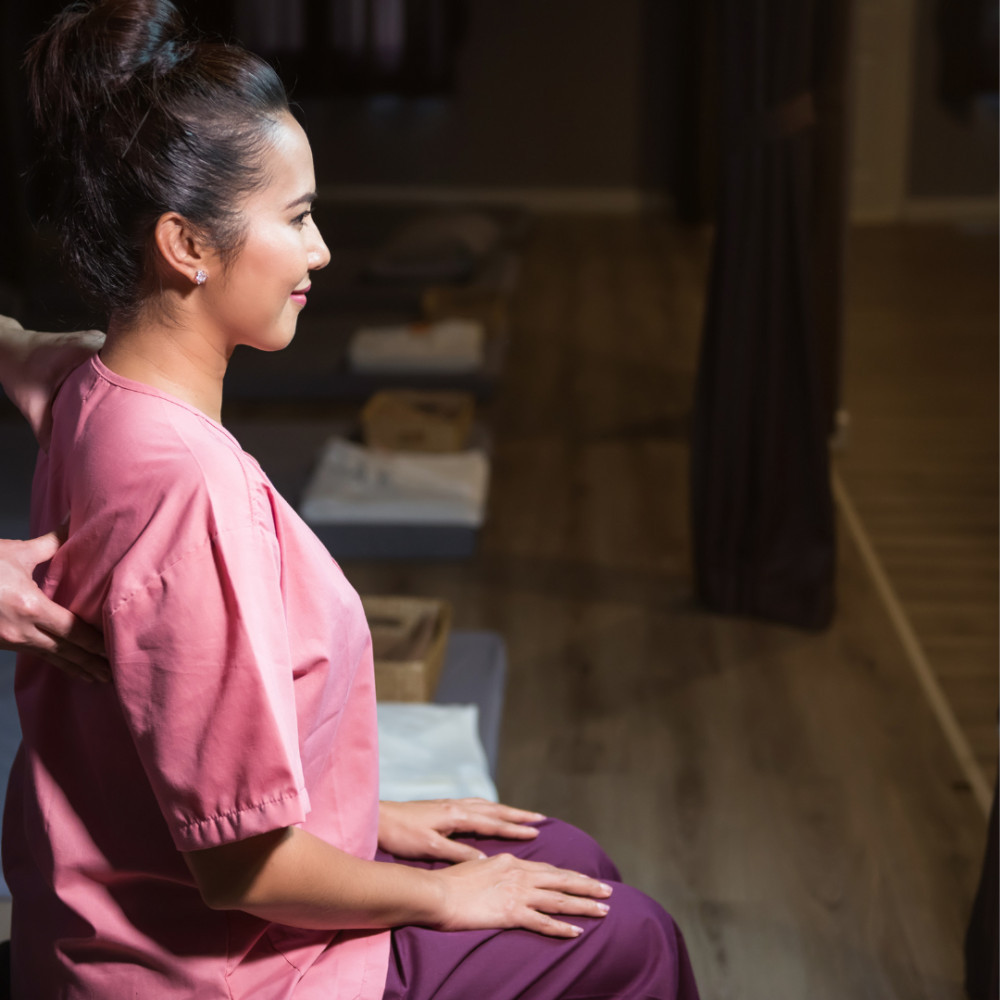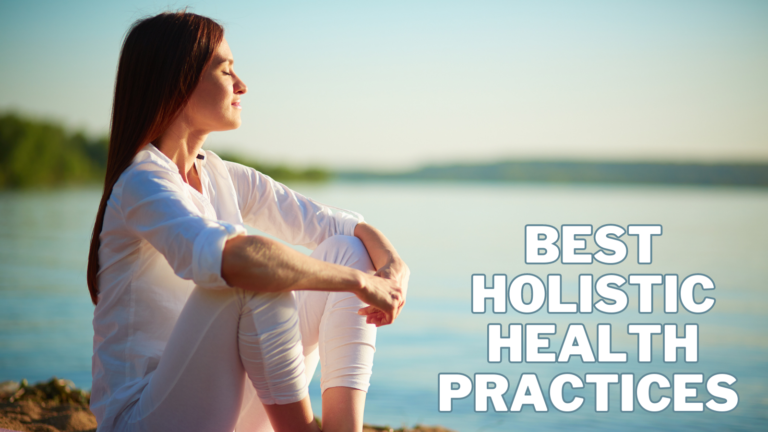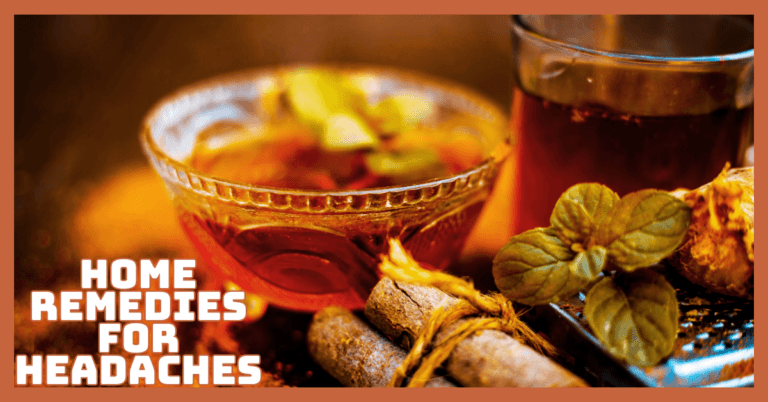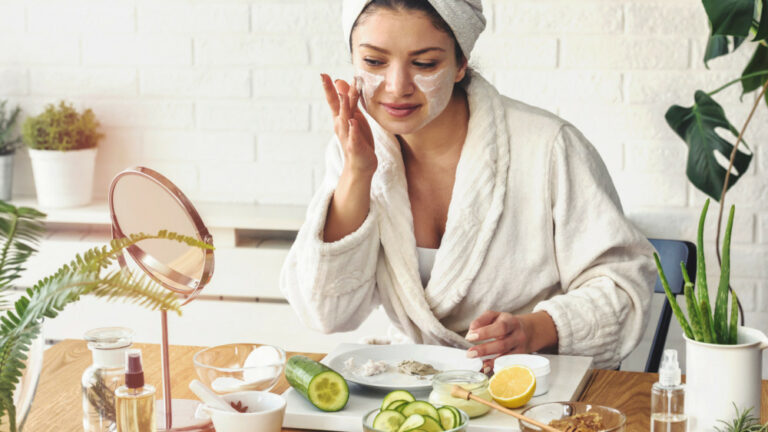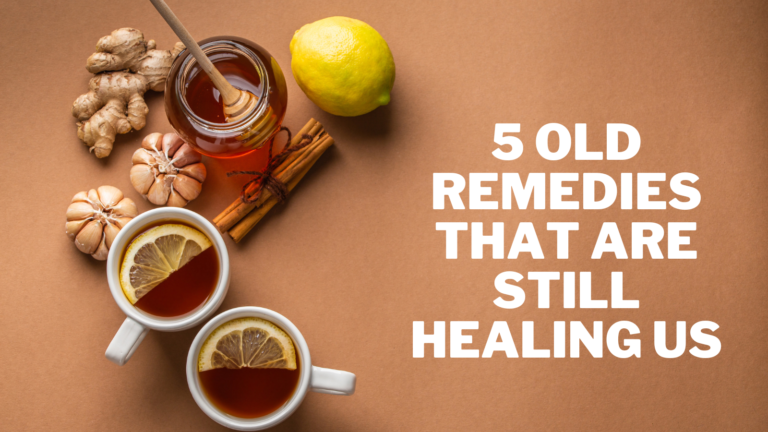The Ultimate Guide To Massage Therapy
The Ultimate Guide To Massage Therapy
You might believe that the only thing you can do if you're anxious and sore is to take some over-the-counter painkillers and get through the day.
Victoria Bodner, a certified massage therapist, argues that you don't have to put up with it.
Bodner says massage is a fantastic technique for unwinding, relieving pain, reducing muscle tension, and more. Learn more about the advantages of standard massage methods.
Massage therapy involves the manipulation of the body's soft tissues, including the muscles, tendons, ligaments, joints, and connective tissue.
Massage therapy is a medical treatment with a clinical focus that reduces the pain brought on by daily job stress, muscular overuse, and many chronic pain problems.
History Of Massage Therapy
The earliest evidence of massage therapy dates to ancient China, 2700 BCE. The Yellow Emperor's Classic Book of Internal Medicine was written during this time.
This book discussed the practice of acupuncture, describing the methods and procedures employed in Oriental medicine and how inserting needles into the body's meridian points enhances health and wellness.
This led to the creation of the first type of massage, acupressure, which entailed exerting pressure with the hands where the needles would go.
The ancient Egyptians developed a massage method around 2500 BCE that would influence modern massage therapy.
Reflexology, now popularly recognized as foot massage, is depicted in early Egyptian art. This method involves applying pressure to the reflex zones on the hands and feet.
This stimulates nerve function, increases energy, improves circulation, flushes out toxins, and promotes overall relaxation of the body and mind.
From 800-700 BCE, Greece's influential and well-known athletes developed unique methods for reducing bodily knots and relaxing tense, aching muscles through therapeutic rubbing.
This method resembles what is known as sports massage treatment today because, in ancient Greece, athletes used massage therapy to maintain their bodies' optimum physical condition.
Doctors' use of herbs and oils in addition to massage at the time heralded the beginning of aromatherapy massage.
Hippocrates recommended using rubbing to cure bodily wounds around the fifth century BCE. To obtain optimum health, he also advocated using massage in addition to a balanced diet, regular exercise, rest, outdoor exposure, and music.
This was a turning point in the history of massage therapy, inspiring many of the contemporary treatments currently practiced around the globe.
When Per Henrik Ling developed Swedish massage, the world's most well-known type of massage, modern Western medicine and massage therapy were significantly developed during the 19th century.
The fundamentals of massage haven't changed much at all, even though techniques may have changed to encompass a range of curative treatments under the banner of “massage therapy.”
A massage is a form of healing that still resembles its ancient origins since it uses the hands to alleviate common signs of pain and tension.
Who Needs To Try Massage Therapy?
A massage is a terrific approach to enhance wellness, relieve pain, and more for many of us.
Consult your doctor and the massage therapist if you have a medical issue before getting a massage. A prenatal massage can help women who are pregnant reduce pain and edema.
There are numerous benefits to visiting a massage therapist, according to Bodner.
Not sure which massage style is best for you? It's not necessary to find the ideal massage before making a reservation. To address your particular needs, massage therapists frequently combine approaches.
The various massage modalities are not mutually exclusive, according to Bodner. “A massage therapist employs a variety of techniques to aid in relaxation, the release of tense muscles, and the treatment of various issues.”
Health Benefits Of Massage Therapy
Although massage therapy may be helpful for anybody, it has been shown to benefit people with several illnesses, including cancer, heart disease, stomach issues, and fibromyalgia.
Before your initial session, discuss any medical concerns with your therapist. These are a few advantages of massage therapy.
1. Massage Therapy Decreases Tension And Stress
According to a study, the sense of serenity that follows a massage can help lessen tension and anxiety.
Your body has two neural systems: the sympathetic nervous system, which controls your “fight or flight” reaction in tense circumstances, and the parasympathetic nervous system, which is responsible for daily activities that promote relaxation. A massage boosts your parasympathetic response, which helps lessen anxiety-inducing feelings.
2. Massage Therapy Enhances Sleep Quality
A massage can lower your levels of the stress hormone cortisol and raise your levels of the mood-stabilizing neurotransmitters serotonin and dopamine.
Studies have demonstrated that massage treatment is helpful for people with menopausal and congestive heart failure-related sleeplessness.
3. Massage Therapy Fights Fatigue
You've spent the entire night tossing and turning, your workday has been exhausting, and you don't feel like you have even five minutes to take a deep breath.
According to Dr. Rapaport, some people become tired because they don't get enough sleep. Because of a few biological reasons, other folks are becoming weary.
But whatever the reason behind your exhaustion, getting a massage is a simple fix whatever the reason behind your exhaustion.
A Dr. Rapaport-led study from 2018 discovered that breast cancer survivors who received weekly Swedish massages reported less fatigue, a particularly crippling side effect of the illness.
According to Dr. Rapaport's research, get a massage once a week to experience the optimum results.
4. Massage Therapy Reduces The Discomfort Of Cancer
The physical and psychological toll on those receiving cancer treatments is significant. Many people have turned to massage therapy to reduce their discomfort from cancer, unwind, and enhance their quality of life.
Research has been conducted, some claiming that massage therapy does not reduce cancer pain, while others demonstrate a beneficial effect.
5. Massage Therapy Lessens Pain And Muscle Tension
Numerous studies have examined the potential benefits of massage in treating acute back pain, neck pain, headaches, and knee pain.
The findings suggest that alleviation can be momentary rather than lasting and that in some situations, getting many 60-minute massages each week was more effective than getting fewer or shorter massages.
6. Massage Therapy Increases Focus
Have difficulties staying focused for more than ten minutes in a meeting or finishing a book before bed? Your focus and attentiveness will improve as a result of a massage.
That's because your heart rate needs to be decreased to concentrate the best. “My heart rate is always increased when I'm not paying attention,” adds Field. And I'll be more focused once my heart rate is lower.
Your heart rate is successfully slowed during a massage because it causes your nervous system to calm down.
According to Field, when you get a massage, your pressure receptors activate vagal activity, which comes from a brain nerve that travels to different body parts, including the heart.
Therefore, when you get a massage, the pressure may also cause your pulse rate to drop, which may ultimately help you focus better.
7. Massage Therapy Helps Relieve Constipation
According to research, an abdominal massage may aid bowel motions for people experiencing constipation following surgery.
8. Massage Therapy Heals Injuries
According to Gehrman, if you have joint pain or an injury, you'll also have “soft-tissue constraints,” which result in pain knots or trigger points, especially if the issue is long-lasting or persistent.
He states, “massage therapists are removing soft-tissue limitations and boosting circulation.”
By regularly massaging out those soft-tissue constraints, you're addressing your current ailment and preventing future problems. These limits can, over time, lead to issues like joint degradation or other ligament difficulties.
However, choosing a qualified massage therapist with considerable expertise in working with injured people is crucial when obtaining a massage for your ailment.
Gehrman says you are doing scientific damage while working on soft tissues. If you go too far, the patient won't be able to recover from the treatment.
A competent, qualified massage therapist can determine which regions should be avoided when massaging an injury and which places should be massaged.
9. Massage Therapy Strengthens Relationship Intimacy
Touch has more benefits than just a pleasant sensation. As SELF recently reported, numerous studies indicate that physical touch can reduce blood pressure and raise feel-good hormones like oxytocin.
Additionally, a small study from 2020 published in the Journal of Health Psychology discovered that massages that couples provide to one another are advantageous for both parties involved.
Therefore, even if you are not seeking a medical massage, applying some massage oil to your partner is still a good idea to strengthen your relationship (or vice versa).
10. Massage Therapy Aids With Pain Control For Fibromyalgia
Along with persistent pain, fibromyalgia patients struggle with memory loss, mood swings, and sleep problems.
The Mayo Clinic claims that massage therapy is a supplemental treatment even if it is not a cure for the ailment (along with medication, counselling, and physical therapy).
However, keep in mind that, according to the Mayo Clinic, massage therapy might occasionally make your pain worse.
It's best to speak with your primary care physician about the potential advantages of massage for fibromyalgia. Be sure to tell your massage therapist about your condition before the session.
11. Movement During Pregnancy
According to the American College of Obstetricians and Gynecologists, a massage during pregnancy helps increase circulation (ACOG).
Just make sure to consult your doctor before scheduling a session, and be careful to disclose your pregnancy to your massage therapist.
12. Percussion Massage
Men's Health has termed percussion massage the “new foam rolling.”
It has a strong punch, reaching deeper into tense muscles to release tension and increase blood flow. A percussive massage cannon delivers it.
You've probably seen fitness influencers and professional athletes touting massagers like those in the well-known Theragun line.
That's because, to name just a few advantages, they're well-known for improving athletic performance and speeding up injury recovery.
13. Thai Massage
In contrast to other treatments, Thai massage involves the patient actively participating while lying on the floor. Only light pressure and stretching are used to relax the entire body.
Science supports many health advantages. According to one study, Thai massage can lower salivary levels of the stress marker. Another randomized experiment found that it promotes energy and helps fight weariness.
Blood circulation has always been greatly improved by massage. The yoga-like stretches in Thai massage infusing the body's oxygen-rich tissues are particularly effective.
Do Massages Carry Any Risks?
Although there are no known hazards associated with massage, if you have a medical history of diabetes, cancer, or cardiovascular disease, you should let your massage therapist know and seek out a practitioner with expertise in that area.
Additionally, expecting mothers have to look for a therapist who has experience with the process—”For pregnant ladies, you have to be careful with placement,” advises Gehrman.
Those with it should seek out a therapist with experience in treating osteoporosis. If a person is genuinely, really osteoporotic, “you can easily potentially break bones or ribs,” according to Gehrman.
What To Anticipate While Receiving A Massage
You don't need to get ready for a massage in advance. Before the massage starts, your massage therapist will inquire about your medical history, any symptoms you may be experiencing, and your goals for the massage. Your massage therapist should describe the massage style and techniques they'll employ.
You typically undress or wear loose-fitting clothing for a massage treatment session. Only undress as much as is comfortable for you.
You usually lie down on a table and cover yourself with a sheet. Your massage therapist will leave the room when you change into clothing after the treatment and when you undress before it.
You can also get a massage while sitting in a chair and wholly clothed. Your massage therapist should perform a touch assessment to identify painful or tense areas and determine how much pressure to apply.
Depending on your preferences, your massage therapist may use oil or lotion to reduce friction on your skin. Inform your massage therapist if you suspect an allergy to any ingredients.
Depending on the massage you receive and your time, a massage session may run anywhere from 10 to 90 minutes.
You should experience peace and relaxation both during and after your massage, regardless of the type of massage you select.
Take regular breaths while receiving your massage. You can let your massage therapist know if you prefer silence over music or conversation during the treatment.
Ask for softer pressure if a massage therapist is applying too much force. On occasion, you might have a knot-like sensitive area in a muscle.
While your massage therapist works everything out, it will probably feel uncomfortable. But if it starts to hurt, say something.
Different Types Of Massage Therapies
There are various massage techniques, and they all have different effects. Most of us are familiar with a classic massage table and oils.
Massage, though, doesn't fall neatly into any one group. Numerous varieties exist, sometimes even within a single subcategory of massage.
Modalities are the various categories of messages and techniques. To achieve specialized results, methodologies have been devised to focus on specific issues or areas of interest.
Due to their sheer number, we won't include them all here, but you may find 11 of the most prevalent modalities below.
Selecting a style of massage that suits your requirements and philosophical beliefs is excellent because not every modality is created for everyone.
1. Massage With Aromatherapy
Essential oils are included in the aromatherapy massage process. Ancient Egyptians frequently gave scented massages and took aromatic baths, which is where the use of essential oils began thousands of years ago.
Combining these two factors encourages relaxation and could stimulate or excite you depending on the kinds of scents your massage therapist selects.
Many therapists will first discuss with you to determine the types of essential oils you prefer. For instance, the tea tree supports the immune system, while cypress is said to ease muscle pain.
2. Massage Therapy For The Cranium
Craniosacral therapy may be the best option for people seeking a gentle and non-invasive treatment.
It's even better if you're embarrassed to strip off in front of a stranger. Craniosacral therapists frequently give you a gentle, motionless massage while completely clothed.
A light touch is thought by experts in this field to enhance erratic sleep patterns and aid in nervous system restoration.
Unlike many conventional massages performed on a massage table or a chair, craniosacral treatments sometimes begin on a massage chair before moving to a massage table.
The therapist will periodically check in with you to ensure you receive the appropriate level of contact during the massage.
3. Reflexology
In the 1930s, reflexology gained popularity in the United States and complements holistic health treatments. The process of applying acupressure to the hands and feet.
The Reflexology Association of America claims these methods activate neural connections and support the body's ideal operation.
Reflexologists activate reflex sites in your feet, which frequently correspond to an associated organ, using techniques like thumb-and-finger walking. If you prefer foot massages, this massage might be right for you.
4. Deep Tissue Massage
Deep tissue massage aims to release highly tight muscles. It works particularly well if you suffer from musculoskeletal ailments, postural issues, or persistent muscle discomfort and tension. Massage therapists frequently dig in with their hands, elbows, and knuckles.
Avoid deep tissue massages if you have painful joints or conditions like lupus because their energy may exacerbate a flare-up.
Another crucial point is that deep tissue massage and deep pressure massage are two entirely different things.
Deep pressure massage concentrates on the entire body, whereas deep tissue massage concentrates on layers of muscles and fascia.
5. Sports Massage
Sports massage is a growing sector because athletes put a lot of physical strain on their bodies. A sports massage can be beneficial before, during, or after an athletic event.
This promotes flexibility, eases discomfort associated with performance, and even helps prevent injuries.
To cater to the specific needs of athletes and sports, massage therapists frequently combine several massage techniques, such as deep tissue massage or acupuncture.
6. Hot Stone Massage
Do you want anything new from your massage? The benefits of hot stone massage are exceptional.
The massage therapist frequently lays hot stones on your body when massaging you. The result enables the therapist to apply lighter pressure while going deeper.
Of course, the right amount of heat is a fantastic technique to reduce stress and loosen up your muscles.
While hot stones are frequently used during hot stone massages, they are not always used entirely.
7. Reiki Massage
Reiki first appeared in Japan in the 1800s, when Dr. Usui promoted the technique and taught it to his pupils.
Unlike most massage styles, Reiki doesn't include working with tissue. Instead, practitioners use their hands to gently transmit warmth and energy by placing them above or on your body.
Attendees of reiki sessions frequently describe feeling a slight tingling or heat emanating from the practitioner's hands, which leads to a sensation of relaxation and well-being.
Thanks to an easy and non-invasive technique, you won't have any soreness the following day.
8. Trigger Point Massage
A trigger point is a small area of tension that can form everywhere. There is muscular tissue, and it feels like a knot or pebble under the skin. Nothing happens when someone presses on you, or you experience severe pain!
Rubs and pressure are primarily used in trigger point therapy to release tension and feel great. Acupuncture is a popular kind of treatment.
The fundamental idea behind acupuncture is that diseases are caused by obstructed or interrupted “chi” (also known as “Ki” but spelled differently because acupuncture has Chinese roots). Your body receives healing energy from “Chi.”
These obstructions are removed with acupuncture, allowing your energy flow to return to normal.
You can anticipate that some areas of the skin will be punctured with tiny needles during this procedure.
9. Massage Of The Myofascia
Myofascial massage has nothing to do with your face, despite its possibly deceptive name. Fascia is a tissue connecting all your organs, arteries, bones, and muscles. Manipulating that connective tissue is the goal of myofascial massage.
A therapist will find stiff regions on you and apply manual pressure throughout a session. This might facilitate movement that is restricted. Myofascial massage may also focus on trigger points and stretching to reduce pain.
10. Maternity Massage
Massage can help with the aches and pains of pregnancy, which is not an easy time. Pregnancy massages have various advantages, such as better hormone balance, relief from nerve discomfort, less edema, decreased back and joint pain, and improved sleep.
Of course, after the first trimester, you probably won't be able to utilize a regular massage table and rest on your stomach. Different postures are used during pregnancy massage to accommodate your shape.
Finding a therapist who is certified in prenatal massage is recommended, even though the practice is thought to be safe.
11. Compression Massage Therapy
Compression therapy has a long history, having been used to treat inflammation and wounds. What does it involve, though?
Compression therapy involves applying regulated pressure to your legs to improve blood flow, support your veins, and reduce swelling. Compression therapy needs to be combined with a movement for maximum effectiveness.
Your calf muscles contract while you move, aiding the blood's return to the heart and the reduction of edema. It helps with varicose veins and is perfect for people who spend much time sitting or standing.
Compression socks are a terrific option if you have arthritis, muscle edema, stress fractures, or are searching for support for your Achilles and arches.
In reality, several compression goods on the market are made to enhance your athletic performance, even if you don't have these problems.
12. Shiatsu
Shiatsu is a type of physical therapy that incorporates the body's physical, mental, and spiritual health.
Chinese practitioners have used Shiatsu for generations in conjunction with acupuncture, herbal medicine, and other pain-relieving techniques.
Since then, with roughly a dozen variations, shiatsu has developed into more of a technique unto itself.
To mention a few, some therapists specialize in barefoot shiatsu, healing shiatsu, and movement shiatsu.
For instance, therapeutic shiatsu incorporates awareness and meditation, while barefoot shiatsu uses vital yoga-like stretches to release tension.
13. Chair Massage
Sitting in a more upright position is required for a chair massage. You kneel on a unique chair with a padded face cradle to support your head and chest rather than lying on a table.
Even though chair massages are only for the upper body, full-body advantages remain.
According to the Minnesota School of Cosmetology, there are numerous health benefits to receiving a chair massage. It can lower stress levels and improve physical flexibility, immune system strength, and sports performance.
When buying a massage chair, your masseuse can come to your home. Various choices are available, each with unique capabilities and characteristics.
14. Swedish Bodywork
Even though it's near the bottom of the list, it's not always disliked. The term “traditional” massage refers to Swedish massage. You have likely had a massage and experience comparable to this.
A conventional massage therapist typically uses kneading, stroking, and friction to reduce muscle tension and improve blood flow. The massage therapist uses oil to make the hand movements and strokes more comfortable.
Before you begin, you should anticipate a consultation during which questions about your health, way of life, and any challenging places or locations to avoid will be asked.
This type of massage will be performed on a massage table and typically lasts 35 to 60 minutes.
Future Developments In Massage Treatments
These age-old customs will endure as long as massage therapy positively affects society.
Massage treatment is likely to narrow the gap between conventional and alternative medicine. Massage is considered part of an overall healthcare plan, even though these techniques may be improved or altered, as seen in the past.
Given the development of technology, there may come a time when conventional massage may incorporate science and technology to enhance its therapeutic effects on patients. In addition to massage therapy, massaging chairs have become more prevalent in recent years.
Traditional massage techniques may also integrate immersion techniques, such as those used in sensory deprivation tanks, to provide a multi-sensory experience.
Massage therapy will remain at the forefront of holistic medicine and treatment for as long as society looks for pain alleviation or finds solace in relaxation.
Conclusion
More research is required to understand why massage treatment has such a potent effect. It can relate to human contact. Touch gives many people a sense of security and connection.
Use only a certified massage therapist to use hot stones to ensure your hot stone massage goes well. During or the day after your massage, you can feel sore.
I trust you enjoyed this article on The Ultimate Guide To Massage Therapy. Please stay tuned for more blog posts to come shortly. Take care!
JeannetteZ
>>>Please click here to read my all-inclusive article about A Comprehensive Guide To Healing Naturally<<<
>>>Are you interested in Natural Healing through Herbs? Please click here for my #1 Recommendation<<<
Your Opinion Is Important To Me
Do you have thoughts, ideas, or questions? I would love to hear from you. Please leave me your questions, experience, and remarks about this article on The Ultimate Guide To Massage Therapy in the comments section below. You can also email me at Jeannette@Close-To-Nature.org.
Disclosure
This post may contain affiliate links. As an Amazon Associate and other affiliate programs, I earn from qualifying purchases at no extra cost to you. Read my full affiliate disclosure.
You might also enjoy these blog posts:
Easy Steps To Grow Garlic In A Container
Easy Steps To Grow Lemongrass In A Container
Simple Steps To Grow Artichokes In A Container
Easy Steps To Grow Swiss Cheese Plants In A Container
Steps To Grow Fiddle Leaf Figs In A Container

